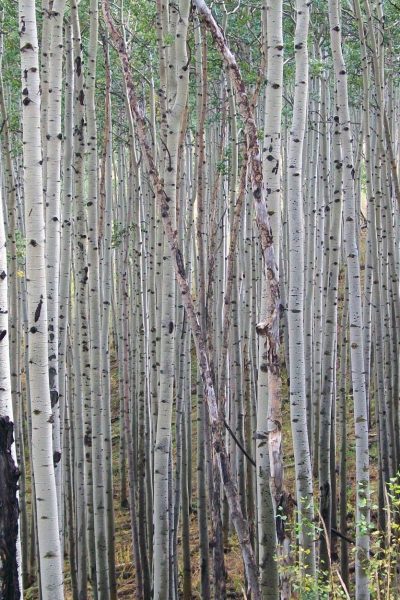Timber Harvesting

There From Start to Finish
Timber harvesting is complex transaction involving professional & diligent management of the forest, finances and people. For many, conducting a timber harvest only occurs a few times over the course of ownership. Entrust the management and oversight of your resources to sophisticated professionals who practice the utmost care and attention to detail to manage your forest and represent your interests.
Timber Harvesting Stages
Initial Meeting
Timber harvest establishment is the foundation of the actual harvest. During this phase of the harvest the landowner and forester typically meet at the property to review the properties management plan and discuss any points of interest that will influence the actual harvest.
Field Work
After the landowner and forester have a mutual understanding of how the harvest will occur the forester typically begins the harvest establishment field work. This generally includes marking the property boundaries, trees to be harvested, harvest boundaries, laying out access roads and skid trails. Identifying sensitive areas such as wetlands, streams, lakes, eagle nests. Completing necessary GPS work, calculating timber volume & value estimate and obtaining any necessary permit.
Office Work
Once the field work is complete, the forester can then create a timber harvest map and cutting prescription (prospectus) including additional services or restrictions that will guide the harvest along with a timber harvest contract. All of which is approved by the landowner prior to moving forward.
Sale of Timber
Upon approval of the prospectus by the landowner the prospectus is mailed to area loggers the landowner and forester feel are suitable for the project for pricing. This ensures the landowner is obtaining both the best price and quality work.
Contracting
Once the successful logger is determined by the landowner & forester, the forester prepares a timber harvest contract that will govern all harvesting activity. Typical contracts range in length from 6 months to 3 years depending on the size and complexity of the harvest. The logger is required to supply a performance bond, current certificates of liability and workers compensation insurance to the landowner & forester.
Harvesting & Administration
The final stage of the timber harvest is the actual cutting of trees. Once under contract the logger can begin work. Before harvesting starts the forester and logger meet at the property to review the harvest contract, map, cutting prescription and any other duties or restrictions. This typically involves a walk around the property to show the location of property boundaries, harvest units, landings ect. Once this pre-harvest meeting is completed the logger can begin cutting, skidding and hauling wood. The forester will stop at the property periodically to check contract compliance, inspect the harvest, scale harvested wood and discuss any matters that need attention. As wood is hauled to the mill the forester administers payment of the harvested wood to the landowner to ensure it is accounted for and is correctly paid for. This process continues until all harvesting is completed and the landowner is paid in full.
During all phases of the harvest landowners are kept informed via regular phone calls and emails which often contain pictures of the harvest.
